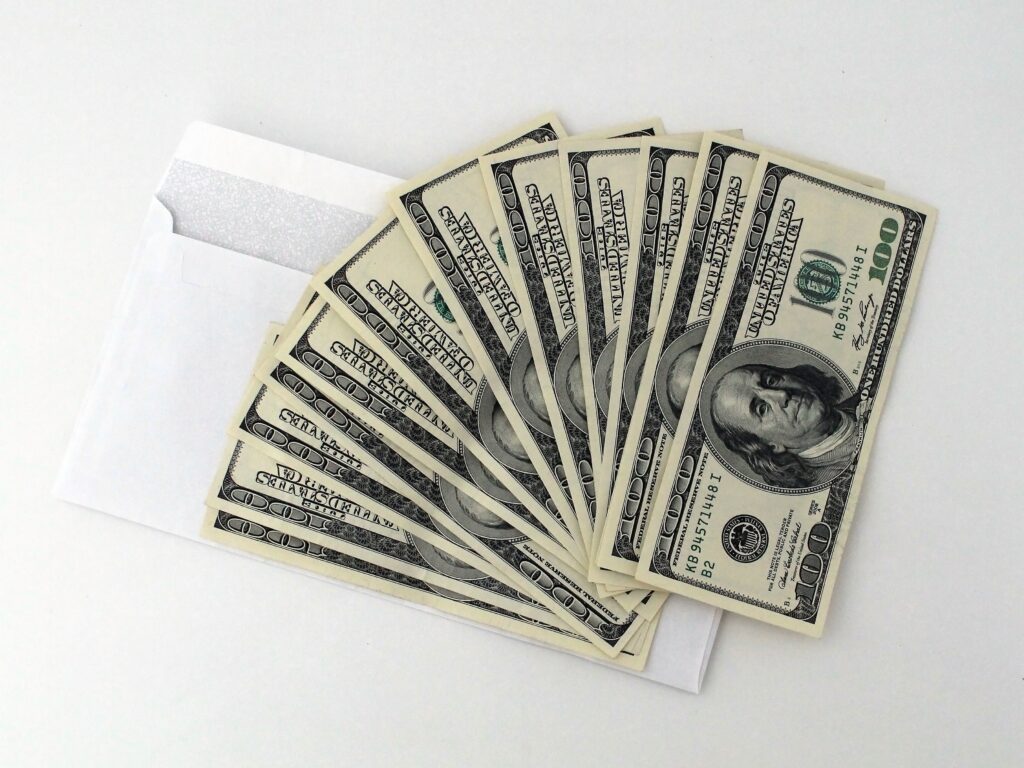Envelope Budgeting: The Easy and Time-Tested Method for Building Your Savings

In an era of digital transactions and virtual wallets, the concept of using envelopes to budget and save money may seem antiquated. However, the time-tested practice of envelope budgeting remains an effective tool for managing your finances and building savings. In this article, we’ll delve into the art of envelope budgeting, its principles, and how you can use it to achieve your savings goals.
The Envelope Budgeting System: A Brief Overview
Envelope budgeting is a budget management technique that allocates specific amounts of cash to various spending categories by physically separating and storing the money in envelopes. Each envelope represents a budget category, such as groceries, entertainment, transportation, or savings. This method is grounded in the principle that having tangible cash limits for various expenses can help you control your spending and save more effectively.
Why Envelope Budgeting Works
- Tangible and Visual: The physical nature of envelopes makes budgeting a tangible and visual process. You can see exactly how much money you have allocated for each category, which provides a clear understanding of your financial boundaries.
- Reduced Impulse Spending: With envelope budgeting, you only spend the cash you have allocated for a specific category. This limitation can help curb impulse spending and encourage more thoughtful financial choices.
- Increased Accountability: Envelopes hold you accountable for your spending decisions. When an envelope is empty, you know you’ve reached your limit for that category, preventing overspending.
- Emergency Fund and Savings: Envelope budgeting often includes an envelope dedicated to savings or an emergency fund. This promotes a consistent habit of setting money aside for future needs or goals.
Getting Started with Envelope Budgeting
- Determine Your Categories: Start by listing the spending categories that make up your monthly budget. Common categories include rent or mortgage, utilities, groceries, transportation, entertainment, personal care, and savings.
- Set Limits: Assign a specific amount of cash to each category based on your budget. Be realistic and ensure that your total cash allocation does not exceed your monthly income.
- Label Your Envelopes: Label envelopes with the category names and the allocated amounts. For example, if you’ve set aside $300 for groceries, write “Groceries – $300” on the envelope.
- Fill the Envelopes: After each paycheck, withdraw the allocated cash and place it in its corresponding envelope. This physical separation helps you avoid accidentally spending funds designated for another category.
- Track Your Expenses: Whenever you make a purchase, use the appropriate envelope. Write the expense on the envelope to keep a record of your spending. This helps you stay accountable and maintain an overview of your budget.
- Roll Over Unspent Cash: If you have money left in an envelope at the end of the month, you can choose to roll it over into the next month’s budget for that category or allocate it to savings.

Envelopes for Savings: The Key to Financial Security
One of the primary advantages of envelope budgeting is its inherent emphasis on savings. Most envelope budgeting systems include an envelope dedicated to savings or an emergency fund. This envelope ensures that you consistently allocate a portion of your income toward building financial security.
Here’s how to create an envelope specifically for savings:
- Determine Your Savings Goals: Identify your short-term and long-term savings goals. These may include an emergency fund, a vacation fund, a down payment for a home, or retirement savings.
- Allocate a Portion of Your Income: Decide how much of your income you want to allocate to savings each month. A common guideline is to save at least 20% of your income, but the amount can vary based on your financial goals and current expenses.
- Label the Savings Envelope: Create a dedicated envelope labeled “Savings” or specify the particular savings goal, such as “Emergency Fund” or “Dream Vacation.”
- Deposit Savings Regularly: After each paycheck, withdraw the designated amount for savings and place it in the savings envelope. Ensure that this envelope remains untouched, except when making deposits.
- Monitor Your Progress: Track your savings regularly and celebrate milestones when you reach specific financial goals. Adjust your savings allocation as your financial situation changes or as you achieve your goals.
Tips for Successful Envelope Budgeting
- Start with a Simple Budget: If you’re new to envelope budgeting, begin with a straightforward budget that includes essential categories. However, as you become more comfortable with the method, you can refine your budget and add more categories.
- Use Different Envelopes: Consider using different-colored envelopes for various categories to make them easily distinguishable.
- Prioritize High-Interest Debt: If you have high-interest debt, allocate a significant portion of your budget to paying it down. Reducing debt can free up more money for savings in the long run.
- Adjust as Needed: Life is unpredictable, so your budget should be flexible. If unexpected expenses arise, reevaluate your budget and make necessary adjustments.
- Regularly Review Your Budget: Monthly or quarterly, review your budget and assess your spending patterns. This will help you identify areas where you can improve and save more effectively.
The Journey to Financial Wellness
In conclusion, envelope budgeting is not just a budgeting technique; it’s a holistic approach to managing your finances and achieving financial wellness. By using envelopes, you gain a deeper understanding of your spending habits, cultivate discipline, and build a habit of saving. This method is especially beneficial for individuals who struggle with impulse spending or find it challenging to stick to a budget.
Lastly, as you embark on your journey to financial wellness through envelope budgeting, remember that it’s a process. Over time, you’ll refine your budget, become more adept at managing your money, and watch your savings grow. Envelopes may be old-fashioned, but their ability to help you achieve your financial goals is timeless.




